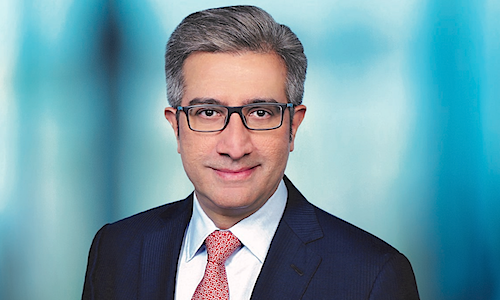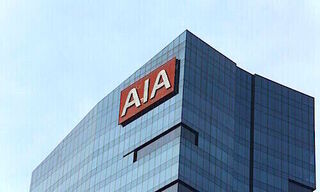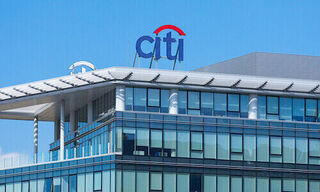Rising risks from inflation, recessionary pressures interest rates and more have fuelled demand for alternatives as investors avoid public market jitters. For private debt, 2022 may be the year the asset class goes mainstream in wealth management
As market and economic uncertainty continue to increase due to a plethora of risks – rising inflation, recessionary pressures, interest rate hikes, geopolitical tensions and more – investors are increasingly seeking diversification away from traditional asset classes.
Alternatives have been the major beneficiary with ample demand for private equity in recent years. According to UBS’s Global Family Office Report 2022, allocation to private equity (including funds and direct investments) rose from an average of 16 percent in 2019 to 21 percent in 2021. But more recently, demand for private debt has also been on the rise as investors seek to shelter from rising rates, fuelled by a hawkish US Federal Reserve.
Demand Drivers
According to Alexis Ng, Singapore country manager and APAC managing director at debt manager Muzinich & Co, there are two major drivers behind the growing demand for private credit in Asia.
«Firstly, private equity investors are no longer seeing the same returns and rate of exits or IPOs but they’ve gotten comfortable with operating in the private market and are beginning to see value in private credit. Secondly, banks are beginning to pull out of lending to smaller companies due to regulatory pressures but they still want to retain relationships with borrowers,» Ng explained, underlining client interest in its parallel lending strategy which focuses on European debt in the most senior part of the capital structure.
«Generally, fixed income investors in Asia are seeking diversification, especially away from overconcentration in USD-denominated assets.»
Investor Sophistication
While many family offices in the region are not new to the asset class, sophistication is rapidly improving. According to Anthony Chan, chief executive of Isola Capital, family offices are taking a fresh approach to private credit, using it to replicate parts of the fixed income portfolio rather than as a separate allocation within alternatives.
«Private credit now has become extremely sophisticated,» Chan said in a recent panel, highlighting a range of investments across trade finance, leverage buyouts, mezzanine debt and venture debt. «It’s obviously quite risky at certain ends of the spectrum but family offices are usually pioneers to look into these types of asset classes because they have the capacity to deploy.»
«The space has been developing a lot, especially in Asia,» added Jean-François Aboulker, Asia head of ultra-high net worth individuals (UHNWI) offering at Lombard Odier. «Singapore and Australia have been the markets that have increased the most allocations into private assets. Other markets are less familiar and have more difficulty with access. This is something we are trying to tackle with our [onshore] strategic alliances. We believe it brings some very interesting diversification benefits to portfolios, so it is definitely one of our core focus areas in the coming years.»
Expanded Offerings
As a result, numerous private banks are increasingly looking to strengthen their private debt offerings in the region.
In July, Citi Private Bank hired Yanjun Feng as a vice president in its family office group (FOG) with responsibilities in family office advisory and private markets, across equity and debt.
And just last month, Pictet expanded its research coverage to include long-term return expectations for private debt. In the next ten years, the Swiss pure play forecasts that global private debt will generate 5.3 percent in average annual returns and a positive real return of 2.3 percent.
Mainstream Asset Class
Nonetheless, proof of private debt’s establishment as a mainstream asset class is not in its increased adoption amongst UHNWIs and family offices alone but by its acceptance from the mass market.
UBS Global Wealth Management recently launched a team dedicated to the coverage of private clients – individuals with a net worth of $1 million to $5 million – in Greater China with similar upcoming plans in Southeast Asia. According to the bank, it sees increasing interest in alternatives from the segment, including private credit, with solutions that allow for lower minimum entry levels.
And at HSBC, access is being liberalized even to retail investors. After its private banking arm raised $1.9 billion of private client commitments in 2021 – double the amount in 2020 – the British lender plans to extend the offering to its personal banking and premier customers this year.
Fed Meeting Next Week
Next week, the resilience of fixed income assets will be tested again as global markets are set to face another potential interest rate hike by the Federal Reserve after two 75 basis point (bps) increases in June and July.
While most are anticipating another 75 bps increase, including Julius Baer and Goldman Sachs, others are forecasting an even more hawkish move. Earlier this week, Nomura said it was expecting a 100 bps rate hike in the upcoming Fed meeting due to recent inflation data that was hotter than expected.


























